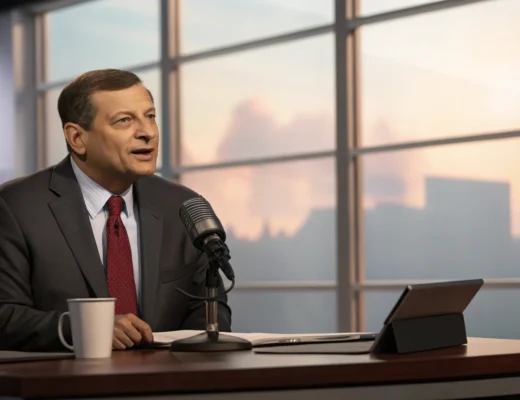President Donald Trump’s second term has been marked by significant economic disruptions and uncertainty. The S&P 500, a key indicator of stock market performance, posted its third-worst showing in US history during this period, following the terms of Gerald Ford and Richard Nixon. Initially, there were expectations of a pro-business boom after Trump’s reelection in November.
However, the president’s plan for tariffs and inconsistent trade policies led to historic levels of volatility on Wall Street. According to Sam Stovall, chief investment strategist at CFRA Research, the S&P 500 has historically returned an average of 2.1% during a president’s first 100 days since World War II. An above-average return in this period often correlated with an average yearly gain of 21.1%, while a below-average return corresponded with an average yearly loss of 5.5%.
“History is a guide, but it’s never gospel,” Stovall said. Investors are closely watching how Trump’s tariffs continue to impact the economy and markets. Trump’s economic policies have also affected consumer sentiment and business optimism.
Economic uncertainty during Trump’s term
The University of Michigan consumer sentiment index has declined each month this year, with some consumers already cutting back on spending, particularly on big-ticket items. Small business optimism, which peaked post-election, has since cooled.
Bill Dunkelberg, chief economist at the National Federation of Independent Business, noted that business owners are scaling back sales growth expectations due to policy uncertainty. The president announced tariffs with rates over 40% on some countries on April 2, labeled as “Liberation Day.” These tariffs, although paused, could push the average effective tariff rate to its highest level since 1901 if current import levels are maintained. The US Economic Policy Uncertainty Index has doubled since January, reflecting widespread concerns about economic policies.
This uncertainty has led consumers and businesses to adopt a wait-and-see approach, curbing spending and investment. As the world remains in flux, there are concerns about the long-term impact of Trump’s policies. Ian Goldin, professor of globalization and development at the University of Oxford, highlighted the erosion of institutional trust in the United States, a resource that took generations to build.
The underlying conditions that fueled the “Make America Great Again” movement — widening inequality and economic insecurity — persist, suggesting that the impact of Trump’s policies may endure long after he leaves office.







